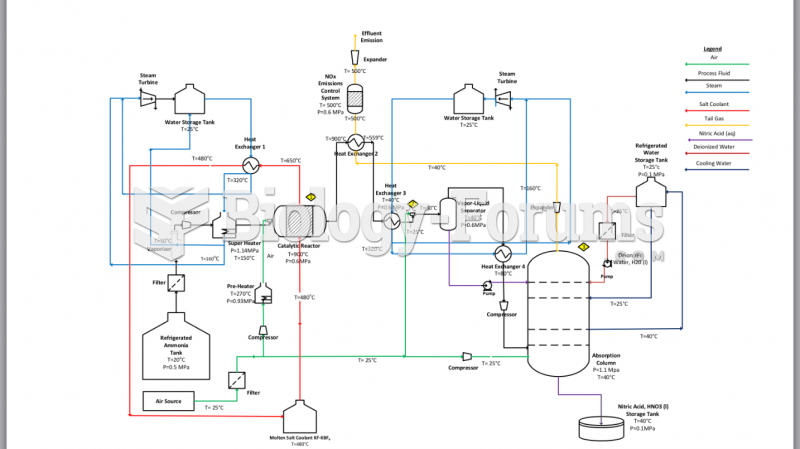Answer to Question 1
ANS: A, D, E
The critical appraisal process for quantitative research includes three steps: (1) identifying the steps of the research process, (2) determining study strengths and weaknesses, and (3) evaluating the credibility and meaning of a study to nursing knowledge and practice. These steps occur in sequence, vary in depth, and presume accomplishment of the preceding steps. However, an individual with critical appraisal experience frequently performs several steps of this process simultaneously. Initial attempts to comprehend research articles are often frustrating because the terminology and stylized manner of the report are unfamiliar. Identification of the steps of the research process in a quantitative study is the first step in critical appraisal. It involves understanding the terms and concepts in the report, as well as identifying study elements and grasping the nature, significance, and meaning of these elements.
Answer to Question 2
ANS: A, B, D, E
The reader must examine the logical links connecting one study element with another. For example, the problem needs to provide background and direction for the statement of the purpose. In addition, you need to examine the overall flow of logic in the study. The variables identified in the study purpose need to be consistent with the variables identified in the research objectives, questions, or hypotheses. The variables identified in the research objectives, questions, or hypotheses need to be conceptually defined in light of the study framework. The conceptual definitions provide the basis for the development of operational definitions. The study design and analyses need to be appropriate for the investigation of the study purpose, as well as for the specific objectives, questions, or hypotheses. Most of the limitations or weaknesses in a study result from breaks in logical reasoning.






